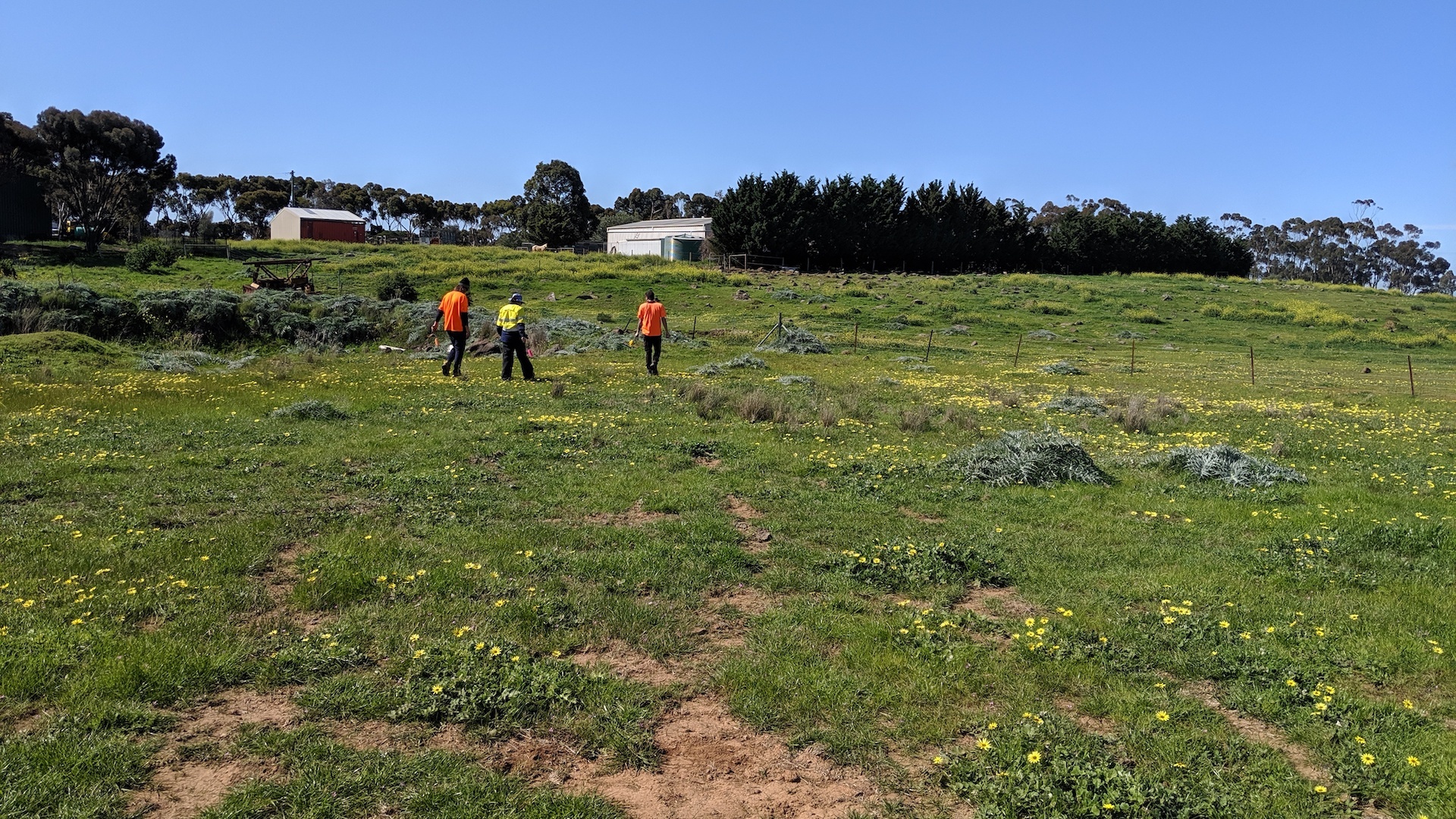What on earth is Cultural Heritage Management?
Monday, 18 November, 2019
This month we caught up with Senior ELA Heritage Advisor Zak Jones from our Melbourne office to get the scoop on what Cultural Heritage Management is exactly, as well as explore one of his recent projects and hear a bit more about ELA’s Archeology and Heritage expertise.
So, what exactly is Cultural Heritage and what does your role as Senior Heritage Advisor involve?
Cultural heritage is the accumulation of all the physical and non-physical expressions of human behaviour that have been passed down from generation to generation. The physical (tangible) expressions include things like buildings and tools, which can be investigated using the science of archaeology. The non-physical (intangible) expressions include song, dance, origin stories and spiritual beliefs, some of which can be coded or written, but a lot of which is not.
A large part of my role is building close, productive and collaborative relationships with groups such as Aboriginal communities, regulators and clients. We’re passionate about helping clients and communities understand the important value of the past, and see the opportunity in preserving and managing it whilst at the same time assisting our clients with their projects.
The role requires expertise in methods of archaeological practice and relevant legislation; being able to make the complex simple and clearly communicate technical information to various stakeholders is really important. Project management is also a huge part of my job. This can include client and stakeholder engagement, preparation of desktop studies, the design and implementation of field programmes, post-field data preparation and artefact interpretation, and report writing.
What’s your speciality and what did you study?
Originally, I was a qualified chef, working in the hospitality industry throughout my 20’s. In 2009, I decided to pursue an interest in Archaeology and enrolled in a Bachelor degree at La Trobe University, Bundoora. I graduated in 2013 with an honours thesis focussing on archaeozoology (the study of past climates) and paleoclimate reconstruction through isotopic analysis of faunal remains.
During my undergraduate studies, I also had the opportunity to work in the Czech Republic, France, and the World Heritage site of Mungo National Park in New South Wales. I moved into project management in the Victorian heritage consultancy sector in 2014 with a focus on Aboriginal cultural heritage.
What are you most passionate about in your job?
I love the archaeological field aspect of my job. Another key part of the role is client and stakeholder engagement. I really enjoy working with developers and Aboriginal Traditional Owner groups to build relationships, share cultural heritage knowledge and solve problems for each project as each one has its own unique challenges and complexities.

Tell us about a recent project you enjoyed working on.
Fountainstone Group is a land development company that that is intending to prepare a mixed use commercial/residential development in Tarneit, in Melbourne’s urban south-west. ELA has been engaged to prepare two Cultural Heritage Management Plans for the project. Tarneit is situated on Victoria’s Western Volcanic Plains, which is a really interesting and archaeologically sensitive landscape. The Western Plains landscape is made up of low-lying undulating plains intersected by waterways such as Skeleton Creek and Dry Creek. These waterways represent important resource-rich areas that would have been exploited by Aboriginal hunter-gatherer groups in the past. So far our archaeological investigations in Tarneit have identified several Aboriginal cultural heritage places containing flaked stone artefacts near Dry Creek.
I’m managing the project with assistance from our Melbourne-based team, which includes Dr Michael Green and Caroline Hawker. The field crew had to be quite resilient as we endured all types of weather during the ground survey and excavation program!
What are the impacts of this project?
Tarneit has become an important residential growth area in the past 15 years and has undergone substantial residential and commercial developments, all of which result in significant impacts to ground deposits. The design and implementation of heritage management practice is vital to the development process in this area, because it assists in identifying how the development might impact on Aboringal cultural heritage, and then provides advice as to how these impacts can be avoided or, at the very least, minimised. The final result has been a balance of harm avoidance, minimisation, and mitigation that facilitates both developmental needs and the preservation of the region’s Aboriginal cultural heritage.

Any interesting findings as part of the project?
Stone artefacts have been identified during the field assessments at Tarneit, made from a number of different stone materials. These were identified during surface surveys and also in subsurface excavations. The analysis of these artefacts provides insight into the practises of Aboriginal hunter-gatherer groups at this particular location, and also contributes to the understanding of past Aboriginal cultural practices in the broader region.
What’s the one thing you’re most proud of achieving?
It has been rewarding to be able to build and maintain a respectful working relationship with Aboriginal Traditional Owner groups on matters concerning their cultural heritage whilst also raising awareness of the importance of heritage to land developers and property owners.
